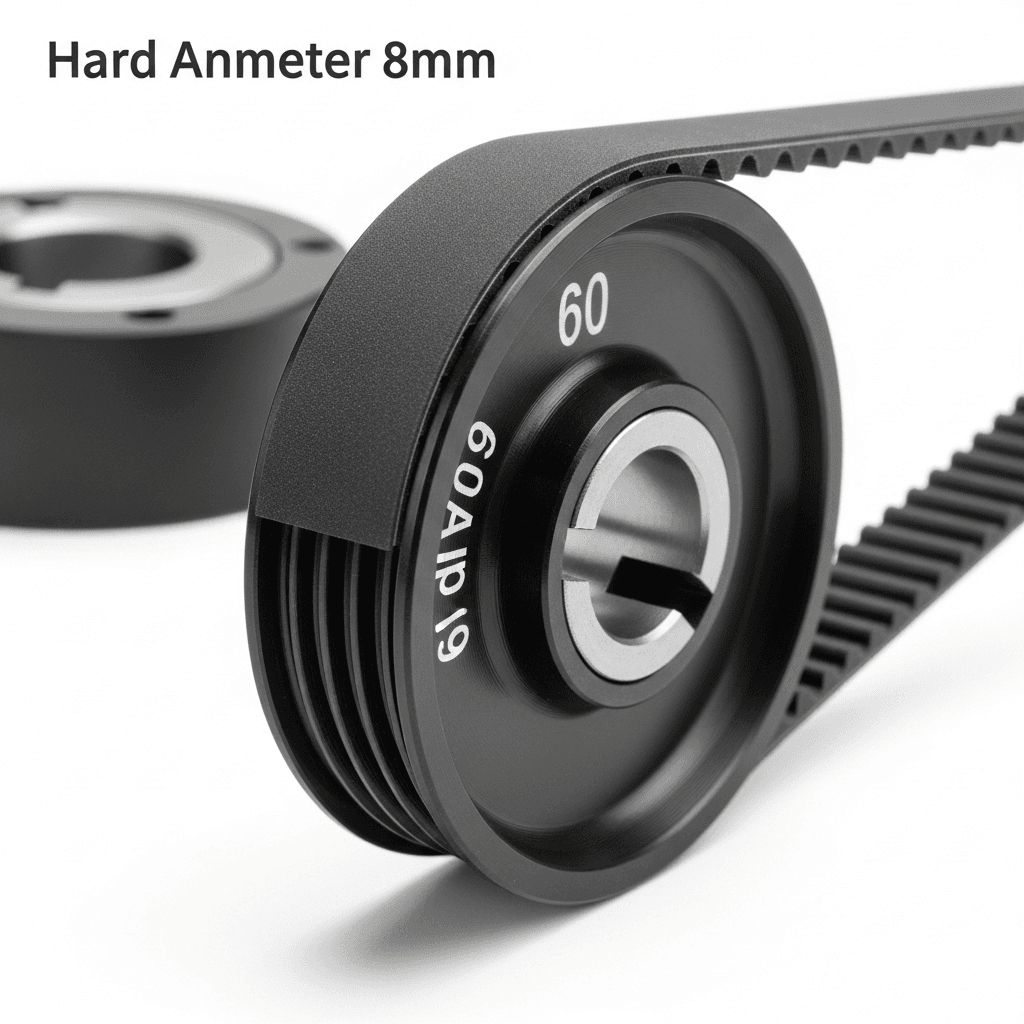Description
The robot synchronous pulley is a core transmission component responsible for converting motor rotation into precise, linear robotic movement. At ly-machining, we specialize in the CNC machining of these critical pulley parts, ensuring they provide zero-slip power transmission, which is fundamental for the accuracy and repeatability of any robotic system.
Our advanced CNC milling and turning processes produce pulley parts with perfect tooth profiles and exceptional dimensional stability. We primarily utilize materials like Aluminum 7075 for its high strength-to-weight ratio or Stainless Steel for applications requiring maximum durability.
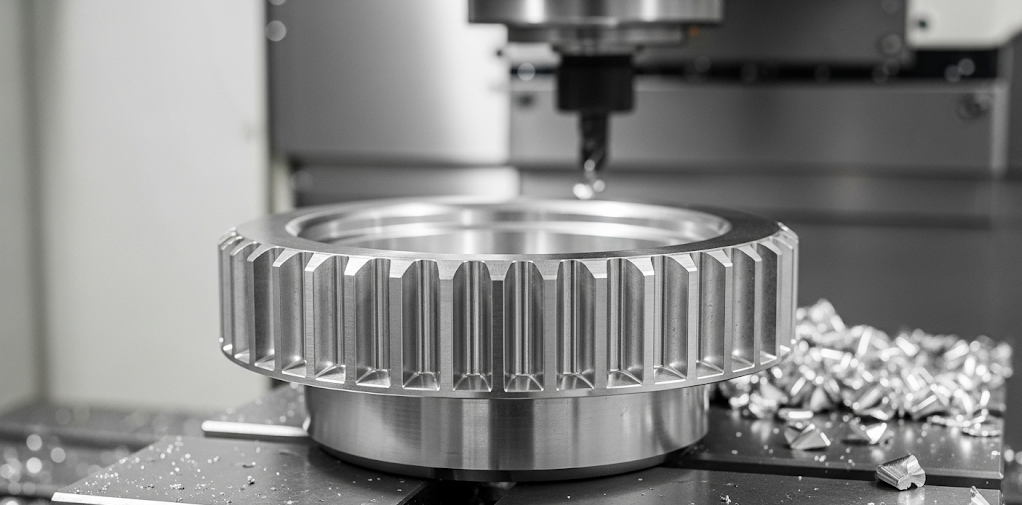
CNC Machining Challenges for Synchronous Pulley Parts
The manufacturing of a robot synchronous pulley via CNC machining presents distinct engineering challenges. The single most critical feature is the tooth profile. Any deviation in the shape, spacing, or depth of the teeth will lead to improper belt engagement, causing positioning errors, increased noise, and premature belt wear.
Achieving perfect concentricity between the central bore and the pitch circle diameter of the teeth is another significant hurdle. Poor concentricity introduces vibration and uneven tension, compromising the entire motion system. Our CNC machining process is specifically designed to overcome these challenges, ensuring every pulley part we produce is functionally perfect.
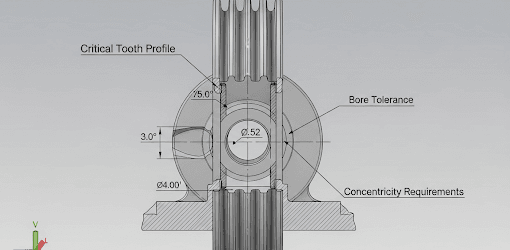
Our CNC Machining Process for Pulley Parts
Our process for every robot synchronous pulley begins with precision CNC turning to create the initial blank. This step machines the outside diameter, face profiles, and central bore to a very tight tolerance, establishing the foundational accuracy for all subsequent operations.
The critical tooth geometry is then formed using either precision CNC milling with specialized form cutters or dedicated gear hobbing machines. This specialized phase of CNC machining is what guarantees a perfect tooth profile. Secondary operations, such as drilling lightening holes or milling keyways, are performed in the same clamping to maintain perfect positional relationships.
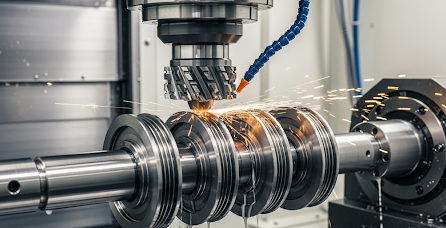
Flawless Performance Through Expert CNC Milling
The result of our meticulous CNC machining is a robot synchronous pulley that guarantees flawless performance. The precision-machined tooth profiles ensure smooth, positive engagement with the timing belt, delivering accurate and repeatable motion with zero backlash. This is essential for applications like robotic arms and automated gantries.
The superior surface finish and hard anodizing treatment we apply to our aluminum pulley parts significantly reduce friction and increase wear resistance, extending the life of both the pulley and the belt. Investing in a high-quality pulley part from ly-machining means investing in the long-term reliability of your machinery.
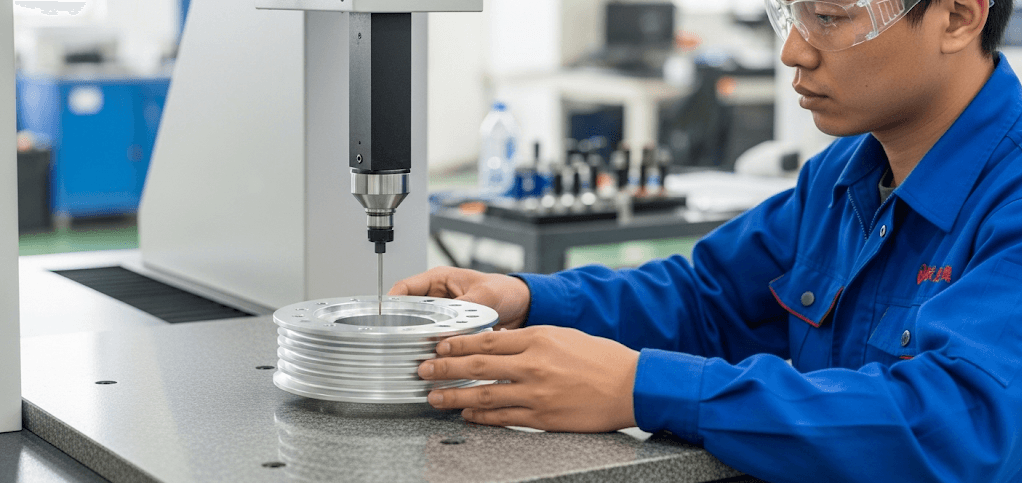
Attribute Comparison: ly-machining vs. Standard Machining
Our focus on specialized CNC machining for robotic components yields measurably superior pulley parts. The table below illustrates the difference.
Case Study: Solving a Robotic Gantry’s Accuracy Problem
A client in the automated packaging industry was facing inconsistent positioning with their gantry robot. The root cause was traced back to their existing pulley parts, which exhibited poor tooth profiles from a generalist CNC machining supplier. This caused minute belt slippage that accumulated over multiple cycles.
ly-machining was contracted to produce new robot synchronous pulley sets. By using a dedicated gear hobbing process and enforcing a stringent concentricity tolerance, we delivered pulley parts with near-perfect geometry. The client reported an immediate 90% reduction in positioning errors and a noticeable decrease in operational noise.

FAQ
1. What are the most critical tolerances on a robot synchronous pulley?
From an engineering standpoint, two tolerances are paramount. First is the tooth profile tolerance, which dictates how well the belt meshes. The second is the Total Indicated Runout (TIR) or concentricity between the mounting bore and the teeth. We hold these to micron-level precision through our advanced CNC machining and inspection processes, as they directly impact the robot’s accuracy and vibration levels.
2. Why is hard anodizing (Type III) recommended for aluminum pulley parts?
While standard anodizing provides cosmetic and minor corrosion resistance, Type III hard anodizing creates a ceramic-like surface that is substantially thicker and harder. For a robot synchronous pulley, this is critical. It dramatically increases wear resistance against the constant friction of the timing belt, preventing degradation of the tooth profile and significantly extending the service life of the pulley part.
3. Do you use CNC milling or gear hobbing to create the pulley teeth?
We use both, and the choice is an engineering decision based on the specific pulley part design, material, and volume. For many complex profiles and smaller batches, 5-axis CNC milling is highly effective. For higher volume production and standard profiles, gear hobbing offers unparalleled speed and tooth-to-tooth consistency. We have the capability and expertise to select the optimal CNC machining method for your specific application.

